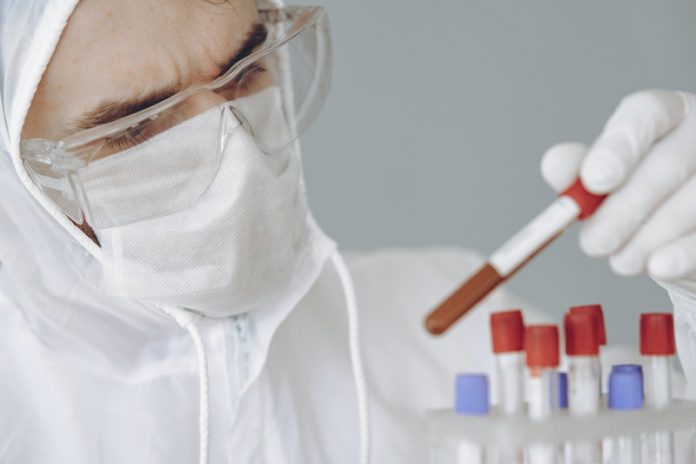
In a new study, researchers report the first round of results from an immunological study of 149 people who have recovered from COVID-19.
They show that although the amount of antibodies they generated varies widely, most people had generated at least some that could neutralize the SARS-CoV-2 virus.
The research was conducted by a team at Rockefeller University and elsewhere.
Antibodies vary widely in their efficacy. While many may latch on to the virus, only some are truly “neutralizing,” meaning that they actually block the virus from entering the cells.
Since April 1, a team of immunologists, medical scientists, and virologists have been collecting blood samples from volunteers who have recovered from COVID-19.
149 people who had recovered from COVID-19 visited The Rockefeller Hospital to donate plasma, the portion of the blood that contains the antibodies, and the immune B-cells that produce them.
The participants had experienced symptoms for an average of 12 days, and had their first symptoms on average 39 days before plasma donation.
The majority of the samples they have studied showed poor to modest “neutralizing activity,” indicating a weak antibody response.
However, a closer look revealed everyone’s immune system is capable of generating effective antibodies—just not necessarily enough of them.
Even when neutralizing antibodies were not present in an individual’s serum in large quantities, researchers could find some rare immune cells that make them.
It means if researchers could be able to create a vaccine that elicits these particular antibodies, then the vaccine is likely to be effective and work for a lot of people.
Moreover, the researchers identified three distinct antibodies that were shown to be the most potent of the bunch in neutralizing the virus. They are working to develop them further into therapeutic and preventive drugs.
The lead author of the study is Michel C. Nussenzweig, head of the Laboratory of Molecular Immunology at Rockefeller.
The study is published in BioRxiv.
Copyright © 2020 Knowridge Science Report. All rights reserved.



